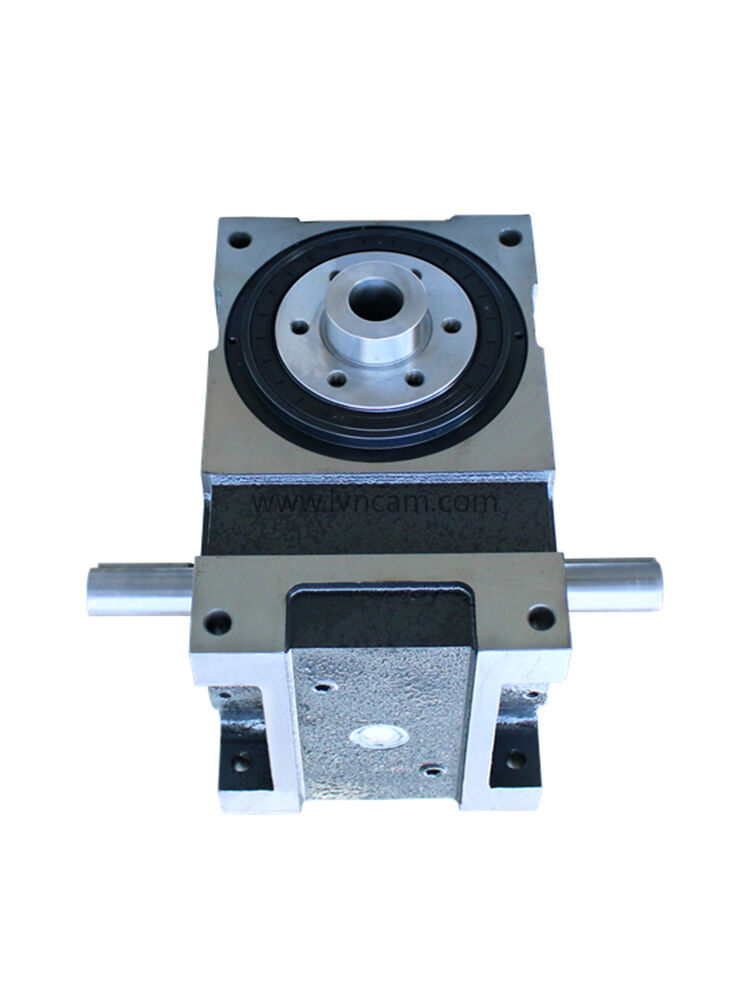
Can a dividing plate have an odd number of positions? The answer is yes, a dividing plate can have an odd number of positions. A dividing plate is a device used to rotate a workpiece and achieve precise division. The workpiece is fixed on the dividing plate and rotated by manual or electric means. There are usually many equally divided scales and positions on the dividing plate, which are used to accurately position and divide the workpiece.
The number of stations of the indexing plate can be any integer, including an odd number. The common indexing plate has 24 stations (that is, 360 degrees divided by 24 equal parts), but for those who need more precise divisions, you can also choose a indexing plate with more stations, such as 36 stations or 72 stations.
For some special needs, an odd number of stations may be required for more precise segmentation. This depends on the specific application and task. Therefore, when selecting a dividing plate, the number of stations required can be determined based on the requirements of the workpiece and the accuracy requirements.
related articles
- 2024 Dragon Boat Festival Holiday Notice
- LN125R roller cam CNC turntable servo turntable real shot
- 180DT-4-270R LVNCAM cam divider real shot
- I wish that spring will be peaceful and prosperous, and that people on earth and in heaven will be safe and sound.
- 2024 Qingming Festival Holiday Notice
- Shandong Luning Precision Machinery Co., Ltd. wishes everyone a happy Lantern Festival.
- 110DT-8-270R-T30 cam divider input shaft extension motor plate
- Spring Festival Holiday Notice-Shandong Luning Precision Machinery Co., Ltd.
- Why are cam dividers so popular in production?
- What should we pay attention to when cleaning and maintaining the cam divider?
- Domestic brand cam dividers: good quality, low price and can meet high requirements
- LN170-36-24S 170 four-axis CNC rotary table four parallel use case
- L80DT-8-LN003 Customer Selection Case
- L60DF-6-LN002 flange type cam divider six positions
- L140DT-6-LN001 Shandong Luning Platform Desktop Intermittent Cam Divider Six-station Large Hollow

